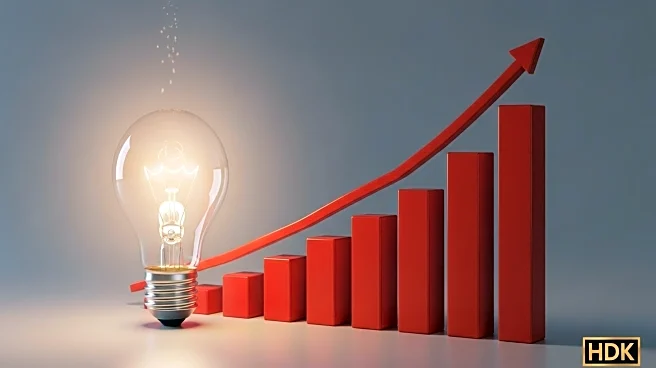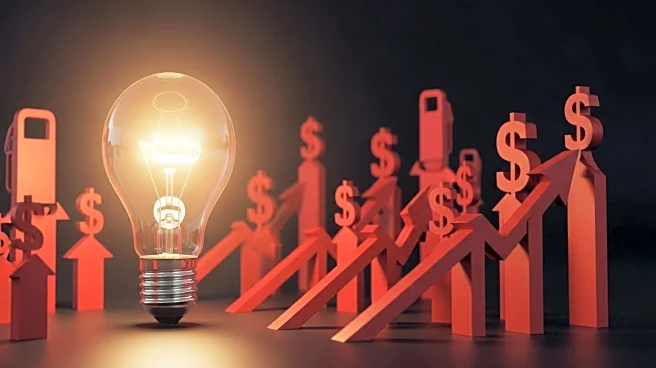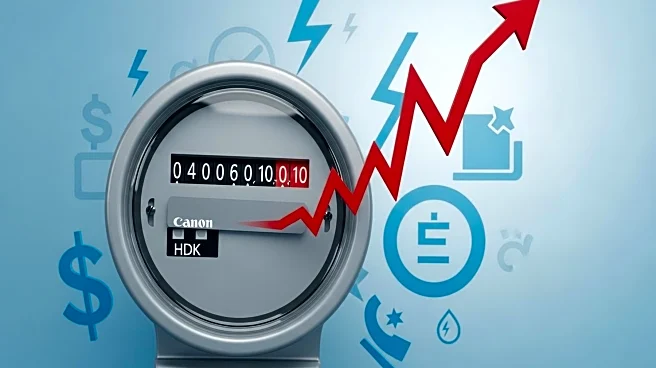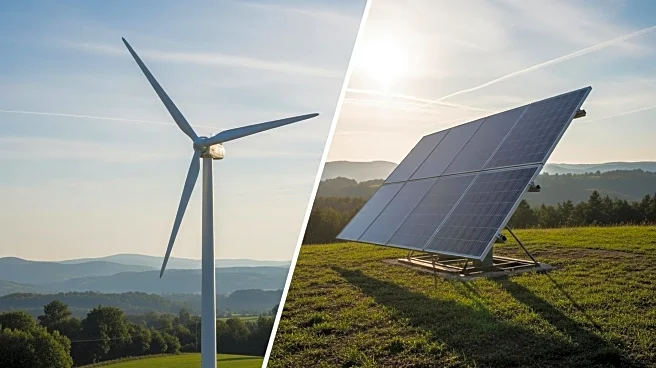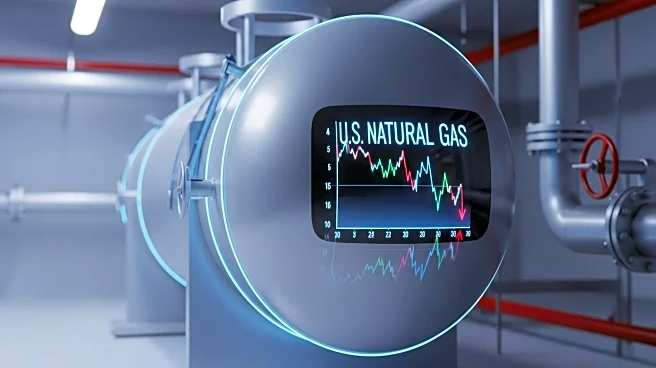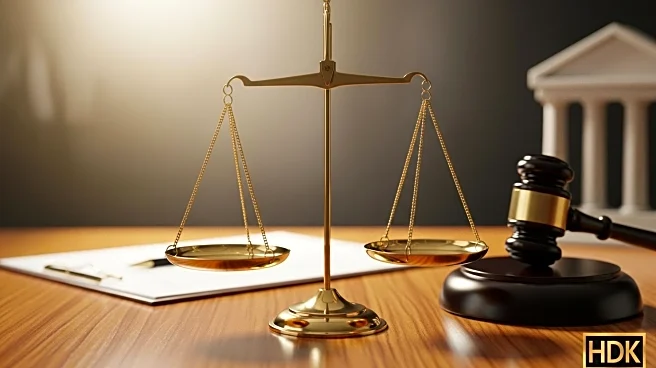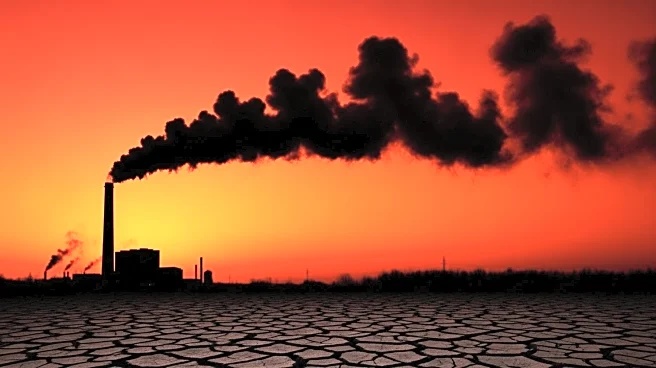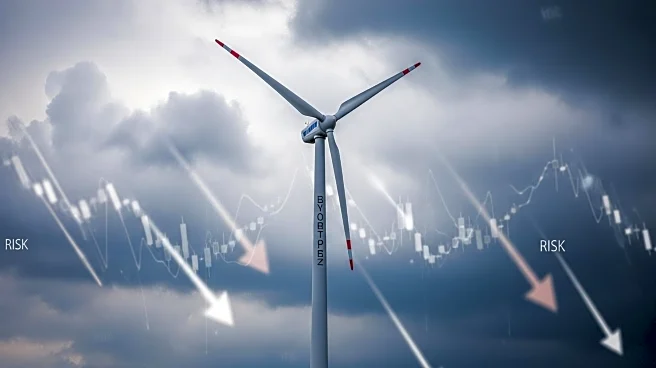What's Happening?
Residential electricity rates in the U.S. have increased by 6.6% compared to last year, driven by rising natural gas prices and growing demand. The U.S. Energy Information Administration reports significant rate hikes in states like Maine, the District of Columbia, and New Jersey. Natural gas prices at the Henry Hub have surged by 22.6%, influencing wholesale power prices and subsequently electricity bills. The increase in demand is partly attributed to the expansion of artificial intelligence data centers, which require substantial energy infrastructure. Extreme weather conditions have also contributed to higher utility costs. The Center for American Progress highlights that over 100 utilities have proposed or implemented rate increases, potentially raising total electric bills by $67 billion.
Why It's Important?
The rise in electricity rates poses challenges for U.S. consumers, particularly in states experiencing the highest increases. The financial burden on households may lead to public backlash and pressure on policymakers to address affordability issues. The growing demand for electricity, coupled with supply constraints, underscores the need for infrastructure upgrades and investment in renewable energy sources. The impact on consumer budgets could influence political discourse, with elected officials and regulators facing demands to mitigate rate hikes. The situation highlights the interconnectedness of energy policy, economic factors, and technological advancements, affecting various stakeholders including consumers, utility companies, and government agencies.
What's Next?
The ongoing rate increases may prompt further scrutiny of utility rate proposals by regulators and policymakers. Public pressure could lead to initiatives aimed at reducing electricity costs and enhancing energy efficiency. The development of renewable energy projects may gain momentum as a strategy to stabilize prices and reduce reliance on natural gas. Stakeholders, including consumer advocacy groups and environmental organizations, may intensify efforts to promote sustainable energy solutions. The evolving energy landscape will require strategic planning to balance demand, infrastructure needs, and affordability concerns.

